What You Need To Know: Best Wood for Concrete Formwork
Mar 19, 2025Concrete formwork is defined as the temporary structure that will support and hold the shape of concrete when being poured and curing. The formwork holds everything in place regardless if you are pouring a foundation, wall or even a specially-designed structure; this ensures the concrete cures properly and that you achieve the structural capabilities and finish work you aspire to obtain. In many construction applications wood is a very popular material due to its low cost, availability, and the ease of cutting and assembling.
Nonetheless, wood isn't all created equally. The wood used for concrete formwork must also satisfy specific criteria: it has to be able to support the weight and pressure of wet concrete, provide a smooth surface, remain stable in wet concrete, and allow the forms to be reused to control costs. The right kind of wood can save you time and costs, while the wrong kind of wood can provide you with warped forms, an uneven surface or cause you to spend more money as the forms need to be replaced, etc.
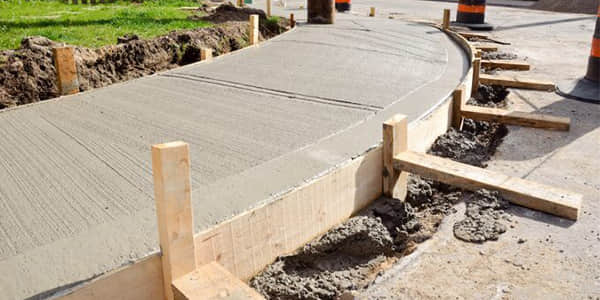
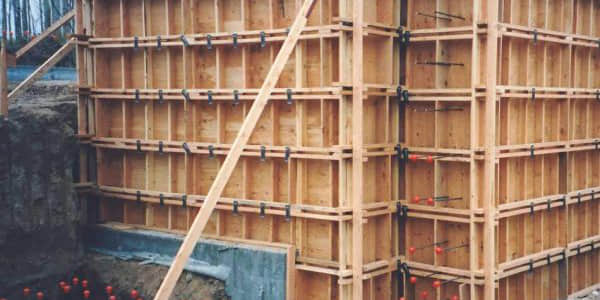
Before we explore specific types of wood, let’s break down the qualities that make a wood suitable for concrete formwork:
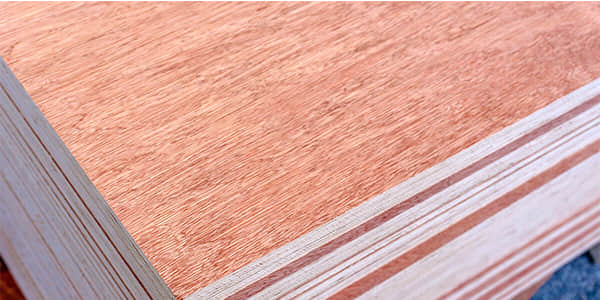
Plywood is the most popular and widely used material for concrete formwork; understandably, it is. Plywood is made of thin layers of wood veneer glued together, and it has strength in many directions, allowing it to withstand the forces of wet concrete. It comes in large sheets, minimizing joints and seams, and is lightweight, not too heavy to be handled on-site.
However, not plywood works for formwork. Only higher grades of plywood are appropriate for concrete; specific plywood like formply is ideal. These types of plywood are often coated in resin or plastic, like phenolic or a high-density overlay, providing excellent water resistance, preventing the concrete from sticking, and giving the form a finished surface. Medium density overlay (MDO) plywood is another type of plywood used for formwork because it is durable and cost-effective.
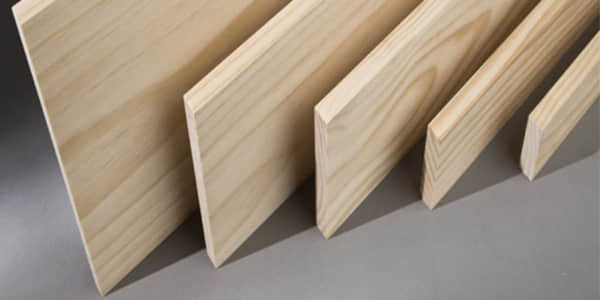
Softwoods like pine, spruce, and Douglas fir are commonly used for simpler formwork projects. These woods are affordable, widely available, and easy to work with, making them a practical choice for small-scale or one-off jobs. Southern Yellow Pine, in particular, stands out for its strength and availability in certain regions, while Douglas Fir is prized for its stability and load-bearing capacity.
However, softwoods have limitations. They’re less durable than plywood and can warp, split, or absorb moisture unless treated. Pressure-treated softwood lumber can mitigate some of these issues, improving resistance to decay and extending lifespan.
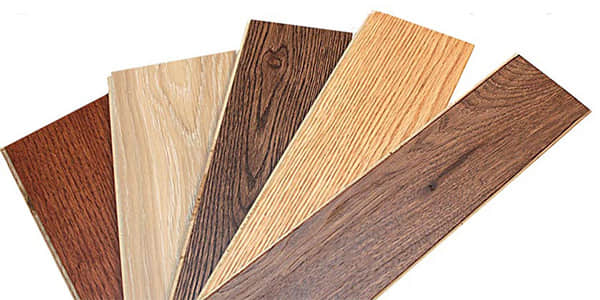
Engineered wood, including Laminated Veneer Lumber (LVL), enhances performance to the highest level possible. Made by gluing wood veneers/fibers with adhesives under high pressure, engineered wood products demonstrate remarkable strength, uniformity, and stability. LVL is used, for example, within prefabricated formwork systems where precision and durability are critical.
Even though engineered wood is a great choice for tough applications, its high price tag makes it less common for regular formwork. Engineered wood is a specialized, premium choice for select projects.
|
Wood Type |
Pros |
Cons |
|
Plywood |
Strong, versatile, smooth finish, reusable |
Higher cost for premium grades, lower grades less durable |
|
Softwoods |
Affordable, easy to work with, abundant |
Less durable, prone to warping, limited reuse |
|
Engineered Wood |
Exceptional strength, stable, uniform |
High cost, not ideal for small jobs |
The best wood for concrete formwork depends on your project’s scale, budget, and aesthetic requirements. Here are some tailored recommendations:
To maximize the lifespan of your wooden formwork, follow these simple steps:
Proper care can turn a one-time-use form into a multi-project asset, saving you money over time.
Even the best wood won’t perform if you cut corners. Watch out for these pitfalls:
Price is an essential consideration when evaluating different types of formwork wood. While high-quality plywood or engineered products may cost you significantly more initially, you can reuse them—sometimes up to 20 pours with good care; softwoods or standard plywood are less costly up front but you may have to replace them after a couple of uses or possibly just a single use. When determining the best value, consider the total expected cost based on the total number of pours you are expecting. In the long term, quality wood tends to be the better value—just like furniture or other wood-dependent products, you may pay slightly more for a quality product initially, but high-quality products offer long-term durability and potential dynamic value.
Choosing the appropriate wood for concrete formwork isn't a Holley dilemma—it's about choosing the right application for your job. Plywood is an amazing choice for most projects if you have the correct application in mind with its strength and versatility. Softwoods will fit the bill for most jobs at a more economical price point for less cumbersome work. For critical structural applications, engineered wood can be put to use for high-performance applications. Considering strength requirements, budget, reuse, and finish requirements will optimize your concrete structures to withstand everything and leave the surface smooth and not prone to breaking.
Whether you're pouring a foundation or creating an architectural piece, choosing wisely about your wood will give you a successful project. So the next time you're planning a project for concrete, take a small moment to thoughtfully consider the wood you will use... You will set yourself up and your owners for success, and your budget, time, finished product will thank you for the careful deliberation.
Can I use softwoods like pine or spruce for concrete forms?
Is high-grade plywood worth the investment for concrete forms?
How To Build Concrete Forms With Plywood ---- Quora
How to Build a Straight Form for Concrete ---- wikiHow